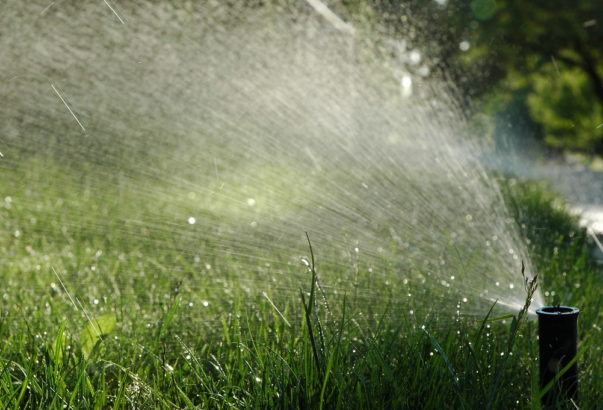
May 28, 2022
Steve Jones and Rob Sowby from Hansen, Allen & Luce (HAL) were panel speakers on secondary water metering at the Utah Water Conservation Forum Spring Conference held May 24 at Jordan Valley Water Conservancy District. Jeremy Lapin, public works director for the City of Saratoga Springs, and Shalaine DeBernardi, assistant director for the Utah Division of Water Resources, rounded out the panel.
Secondary water (lower-quality water for pressurized irrigation), a major water demand especially along the Wasatch Front, is inconsistently metered and inefficiently applied, the panelists said.
In 2022 the Utah Legislature passed laws requiring all secondary water to be metered by 2030. DeBernardi discussed how the state’s funding programs—including $250 million in grants—can help local water utilities meet the expense.
Lapin described how Saratoga Springs—one of the fastest-growing cities in the West—has worked to build its advanced metering infrastructure (AMI), including fixed-network readers, thousands of new metering endpoints, and a customer billing portal.
Jones, CEO of HAL, added details on the city’s metering projects and praised the state for making funds available to local water systems.
“You have to do some planning, but I’ve never seen an easier grant application,” Jones said.
Sowby, a water resources engineer with HAL and a professor of civil and construction engineering at Brigham Young University, presented findings from an irrigation study in two Utah cities.
“When irrigating, there’s an optimum point for plant health,” Sowby said. “More than half of the homeowners in our study overwatered, so their grass looked worse than if they had watered less. That’s an important message for our time: We can save water and improve how our landscapes look.”
In 2018, HAL assisted the Division of Water Resources in evaluating Utah’s water use data collection program, a project which identified the uncertainty of secondary water use estimates and partly led to the metering laws.